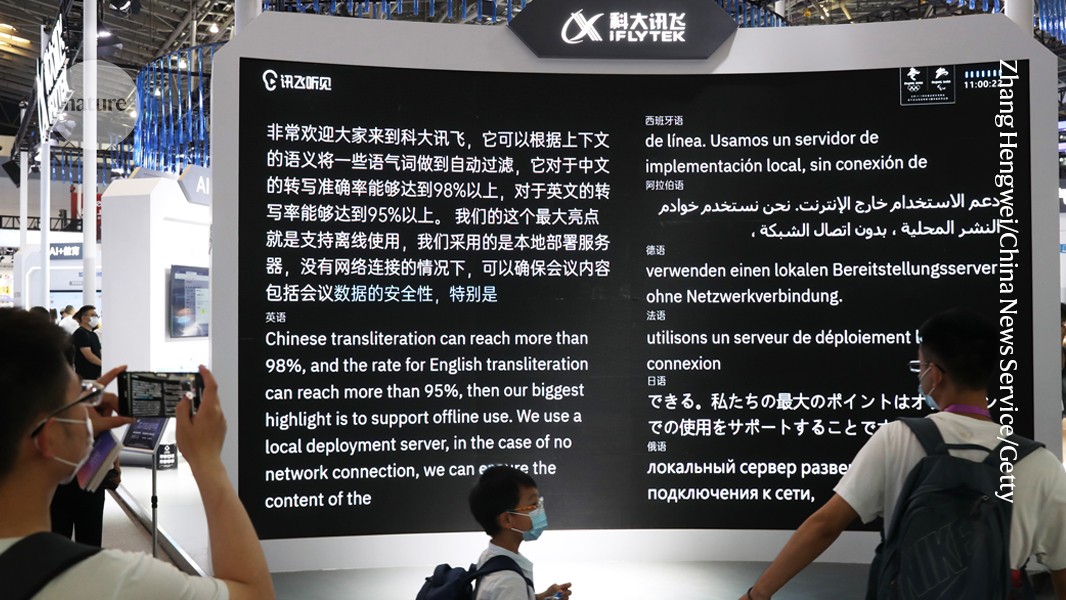Meta’s AI System Supports Endangered Languages While Emphasizing the Importance of Human Involvement

Advancements in Machine Translation for Low-Resource Languages
Introduction to Machine Translation
Recent developments in machine translation have opened new pathways for languages that are often overlooked, known as "low-resource" languages. These are languages that lack extensive digital content, making it difficult for existing translation technologies to accommodate them. A team from Meta, along with other researchers from esteemed institutions, has introduced a method to enhance machine translation for over 200 such languages.
The Need for Inclusive Machine Translation
Understanding Low-Resource Languages
Almost 7,000 languages are spoken around the globe, yet approximately half of these are at risk of extinction. The dominance of a few languages online, particularly English, has created a significant disparity. Reports suggest that more than 50% of all online content is in English, with the top ten languages making up over 80% of the total web content. This puts speakers of low-resource languages at a disadvantage when it comes to accessing information and resources in their native tongues.
Meta’s Initiative: "No Language Left Behind"
Goals of the Program
Meta’s ‘No Language Left Behind’ initiative is aimed at bridging the digital divide between high-resource and low-resource languages. The researchers specifically sought languages that have some presence in platforms like Wikipedia but lack sufficient online sentences for quality machine translation—less than one million sentences.
Enhancements in Translation Quality
Techniques and Methods Used
The new initiative has doubled the range of languages supported compared to previous models. By employing professional translators and reviewers, the team constructed a foundational dataset for 39 languages, which significantly improved translation accuracy. Additionally, advanced techniques were developed to extract data from the web, creating parallel datasets for the remaining languages.
Human Involvement
Human expertise is critical for quality control in machine translation. Without skilled translators, the resulting translations may be flawed, as poorly generated data will simply lead to a cycle of inaccuracies. For instance, many African languages lack specialized terminology for scientific concepts, making professional translations essential for accurate communication in scientific contexts.
Addressing Ethical Concerns in Machine Translation
Community Engagement
Involving communities that speak these languages is crucial not only during the translation development process but also while implementing these systems. Researchers emphasize the importance of not treating low-resource languages as mere data points but as living languages that embody rich cultural values and beliefs. Failure to do so may lead to a form of “parachute science,” where researchers exploit vulnerable communities without fostering meaningful connections.
Challenges Still to Overcome
Language and Cultural Preservation
The concern remains that the rush toward universal translation could diminish the rich cultural identity embedded in these languages. Experts warn that, without careful consideration and community involvement, the advancement of machine translation might strip these languages of their unique characteristics and the rich stories they convey. For instance, Sara Child, a language revitalization specialist, expresses her worry about losing cultural expressions encoded in language due to AI advancements.
Conclusion
The work being conducted in machine translation is crucial not only for enhancing accessibility to information in native languages but also for preserving the languages and the cultures they represent. As technology evolves, the commitment to ethical practices and community collaboration will be essential in ensuring that low-resource languages thrive in the digital era.






